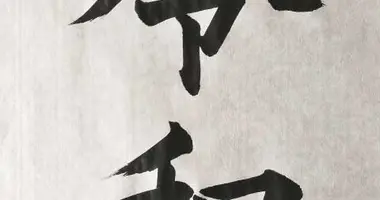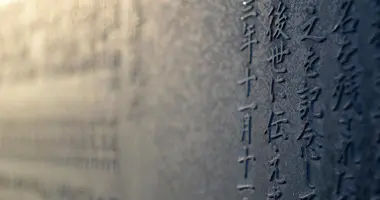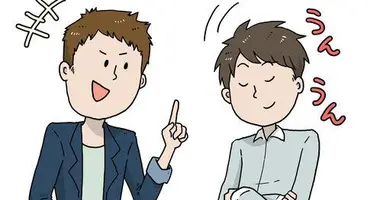Counting in Japanese
Learn Japanese Numbers and How to Count in Japan
To count in Japan, you have to go beyond learning traditional numeracy, because it all depends on what you want to count. We explain you everything!
Since the Meiji era (1868-1912) and the western influence, Japanese people use both Arabic and Japanese numbers to count. Knowing and knowing how to read the latter is very important in everyday life and can help you avoid any bad surprises when paying the bill in izakaya, traditional Japanese bars!
From 0-10
- 零 (rei) = 0
- 一 (ichi) = 1
- 二 (ni) = 2
- 三 (san) = 3
- 四 (yon / shi) 4
- 五 (go) 5
- 六 (roku) 6
- 七 (shichi ou nana) 7
- 八 (hachi) 8
- 九 (kyū / ku) 9
- 十 (jū) 10
From 11-99
To make up the numbers from 11 to 99, you just need to combine the numbers from 1 to 10. For example, the number 11 is the combination of 10 and 1, so 十一 (jū ichi) = 11.
- 十二 (jū ni) = 12
- 二十 (ni jū) = 20
- 三十 (san jū) = 30
- 五十九 (go jū kyū) = 59
100 and above
- 百 (hyaku) = 100
- 千 (sen) = 1000
- 万 (man) = 10 000
- 十万 (jū man) = 100 000
- 百万 (hyaku man) = 1 million
- 千万 (sen man) = 10 million
Some kanji are easily changed (一 is easily changed into 十). In order to avoid criminal acts, official, legal and financial documents have formal characters in addition called daiji "large characters".
The daiji characters are also found on banknotes. For example, it is written 壱万円 on the 10,000 yen paper bill!
How to count in Japanese
With all these elements, you are almost at the end of your learning! We present you the last original feature to know: the specific counters.
Read also: Grammatical particles in Japanese
The Japanese use a special suffix after the number to count people, animals, objects or to express a duration, an age, or a frequency. This counting system, also used in China and Korea, may seem confusing. In this case, learning is the golden rule!
- 人 (jin / nin) = People
- 頭 (tō) = Large animals
- 羽 (wa) = Birds and rabbits
- 匹 (hiki) = Small animals (cats, dogs, fish, insects…)
- 枚 (May) = Fine and flat objects (stamps, sheets ...)
- 台 (dai) = Technological objects (cars, television ...)
- 本 (hon) = Long and cylindrical objects (pencils, fingers, trees, umbrella ...)
- 個 (ko) = Very small objects
- 着 (chaku) = Clothes
- 冊 (satsu) = Related objects (books, dictionaries, magazines)
- 足 (soku) = Objects worn on the feet (socks, shoes ...)
- 切 れ (kire) = Slices (of cake, bread, ham ...)
- 杯 (hai) = Liquids contained in containers
- 錠 (jō) = Pills, capsules, round drugs
- 軒 (ken) = Buildings
- 階 (kai) = Floors
- 番 (ban) = Numbered objects (station platforms, buses)
- 番 (ban) + 目 (me) = Ranking (1st, 2nd…)
- 回 (kai) = Frequency (once, twice…)
- 年 (nen) = Years
- か 月 (kagetsu) = Month
- 週 間 (shūkan) = Weeks
- 日 (ka / nichi) = Days
- 時間 (jikan) = Hours
- 分 (fun / pun) = Minutes
- 秒 (byō) = Seconds
- 歳 (sai) = Age
Good to know: in case you don't know or forget, you can use the suffixつ (tsu) which acts as a default counter!










